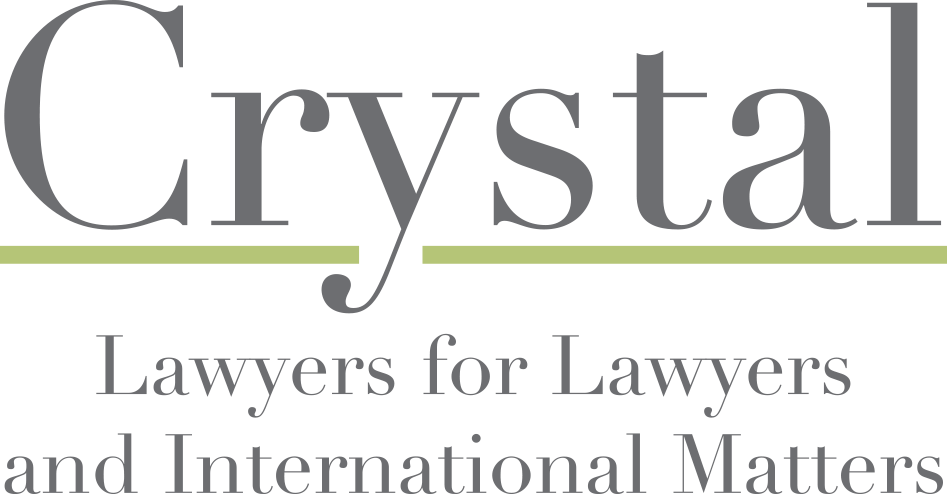In Johnson v. Air Liquide Large Industries U.S. L.P., Case No. 2:18-CV-259-WCB, 2019 U.S. Dist. LEXIS 152963, (E.D. Tex. Sept. 9, 2019), a district court in Texas analyzed both attorney client privilege (ACP) and work product (WP) protection for documents created in an investigation.
The court compares the two forms of protection under the perspective of applicable law. While the ACP is governed by the substantive law, the WP doctrine (which is “not, strictly speaking, a privilege, but instead is a qualified immunity from discovery”) is procedural.
[A]s in the case of other procedural rules, federal law applies to define the scope of the work-product doctrine in this diversity case. …
The federal work-product rule, which is codified in Rule 26(b)(3) of the Federal Rules of Civil Procedure, governs the application of the work-product doctrine here.” [ 4* and*5] (internal citation omitted).
The court went on to analyze the WP doctrine under Rule 26(b)(3)[i] examining whether the material in question was prepared in anticipation of litigation by the defendant or its representatives.
The court specified that the WP doctrine does not require that litigation has started. Referring to Federal Practice & Procedure § 2024, at 500-02 the court found that “the test should be whether, in light of the nature of the document and the factual situation in the particular case, the document can fairly be said to have been prepared or obtained because of the prospect of litigation.” [*7] The identification of the moment in which WP protection begins is difficult but for the Fifth Circuit
the focus of the inquiry must remain on whether the “primary motivating purpose” for the creation of the document was for use in connection with possible litigation. The party who asserts work-product protection bears the burden of showing that the materials at issue are entitled to that protection. Id. (internal citation omitted).
The documents must not have prepared in the ordinary course of business. The court analyzed whether the parties invoking protection had shown that “(1) at the time the documents in dispute were created, there was a substantial chance that litigation would ensue, and (2) the documents were created for the purpose of preparing for such litigation” [*9]
With particular reference to an incident report document, the court stated
Courts have frequently been faced with the question whether incident reports …constitute protectable work product. In making that determination, courts have considered various factors, such as whether the document was prepared in the ordinary course of an employee’s work; whether the document would have been created regardless of the litigation; whether there was a business reason, other than the prospect of litigation, for preparing the document; whether the opposing party made any statements or took any steps prior to the preparation of the document suggesting the likelihood of litigation; and whether the document was created at the behest or with the knowledge of counsel [* 17 and *18]
And also specifies that “if a party prepares a document in the ordinary course of business, it will not be protected even if the party is aware that the document may also be useful in the event of litigation.” [*21]. Internal citation omitted.
The court concluded that all the three documents at issue (including the incident report) were protected under WP.
The court also analyzed that the WP is not overridden by the other party’s substantial need of otherwise discoverable nonprivileged material. Here the court concludes that it was not.
The Court has examined the three work product documents in camera and has concluded that they would be of very little use to the plaintiff, as they do not contain admissions or substantive accounts of the incident that the plaintiff might be able to use affirmatively at trial or that could be used to impeach any of the defendant’s witnesses. [*23][ii]
This analysis reminds us that, unlike the ACP, the protection offered by the WP is “is qualified, not absolute.” [*22]. ACP, instead, is not subject to the other side’s substantial need.
After having found that the WP was in fact available to the defendant, the court concluded that it does not need to analyze whether the documents were privileged.
For more information, Nathan M. Crystal.
Rule 26(b)(3) provides in pertinent part:
Ordinarily, a party may not discover documents and tangible things that are prepared in anticipation of litigation or for trial by or for another party or its representatives (including the other party’s attorney, consultant, surety, indemnitor, insurer, or agent). But, subject to Rule 26(b)(4), those materials may be discovered if:
(i) they are otherwise discoverable under Rule 26(b)(1); and
(ii) the party shows that it has substantial need for the materials to prepare its case and cannot, without undue hardship, obtain their substantial equivalent by other means. Emphasis added. [*5]
[ii] The Court actually says that “the three documents in question are so lacking in substance that the Court is puzzled as to why Air Liquide bothered to resist their production (other than possible concerns over waiver)” [*23][ii]
